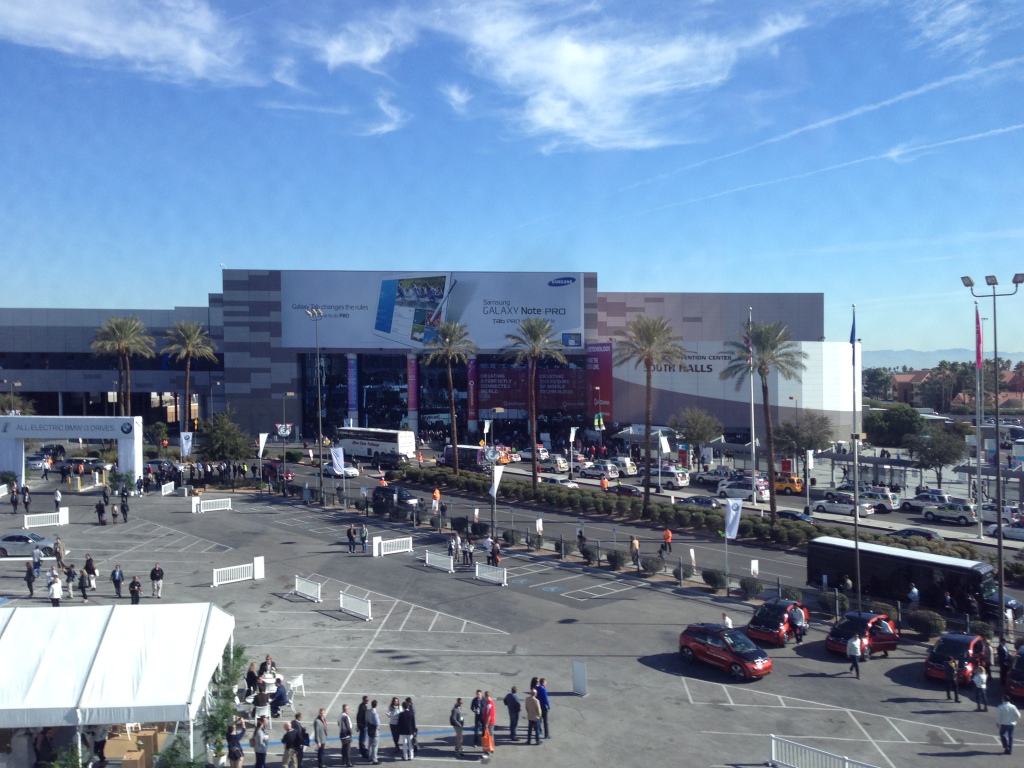I’ve had the pleasure of visiting CES twice in the past (2014 and 2019), and with the pandemic forcing the organisers to go fully virtual this year, I took the opportunity to join in remotely to not just catch up on the latest tech, but see what the online experience was like.
First of all, the Consumer Technology Association, the organisation behind CES, deserve a lot of praise for making this happen at all. It would have been easy to have cancelled CES, maybe dropped a few year-in-summary videos and other promotions from vendors, and focused on a return in 2022 instead. What they did was very high on merit, but did leave me thinking that the real beauty and value of CES is the real world experience.
As I’ve lamented before, nothing is done for you at CES. Even with the helpful app and its many maps, you still need to pound every inch of the conference hall carpets to see the tech, lest you miss a small solution that could revolutionise your business. The tech itself is there to be played with, as you indulge yourself in the most gentle of sales patter from helpful vendors, physically holding and feeling the solution in your hands. Indeed, in 2019, we looped back to see our favourite vendors a second time – egged on by colleagues following our progress back at base via Yammer – to film a short interview with them, so that we could fully deciminate the solution once home. None of this was possible virtually, sadly.

Attending the keynote presentations in 2021 is much as it was before. I tried on previous visits to get a pass in to see these in person ahead of CES, but obviously the press get preference, so the experience was no different, tied to a laptop as always. But the expo itself was more of a struggle, because once into the virtual lobby, you get a list of exhibitors by company name to click through. The problem here is that most of the company names and brands aren’t necessarily indicators of their wares. Indeed, a name is probably the last thing you’d obtain if speaking to someone in person at CES, long after you’ve played with the technology they offer.
So what did we see? The continued evolution of screens was an interesting theme, with LG debuting a clever transparent screen. The innovation here is not so much the invisibility of the solution, more that we may start seeing new ways of integrating screens more elegantly into homes, offices and other communal areas. Screen manufacturers seem under relentless pressure to evolve the humble television into many things it really doesn’t need to be, even as the resolution continues to grow with 8K screens being very popular. But we can expect screens to integrate better with our surroundings in future.

The kitchen has long been a mainstay of CES over the decades, and all the usual additional refinements had appeared (smart everything), along with some new ice-making machines, pod-style ice cream makers and claims that the first, fully automated kitchen isn’t far away.
Of course, the Covid-19 pandemic has accelerated innovation in hygiene and personal safety, so we were treated to a number of gadgets such as UV-C enabled face masks, air purification solutions and disinfection robots. If we’re to live with Covid in the long term, expect this tech to be a regular feature in one guise or another.
Again, it’s no use being too harsh here – the CTA did what they could. Yet it reinforces my belief that the strength of CES is in those four days in January where the world descends on Las Vegas. For all our virtual worlds, digital gizmos and endless connectivity, CES is absolutely, first-and-foremost a people event to enjoy.

Leave a comment